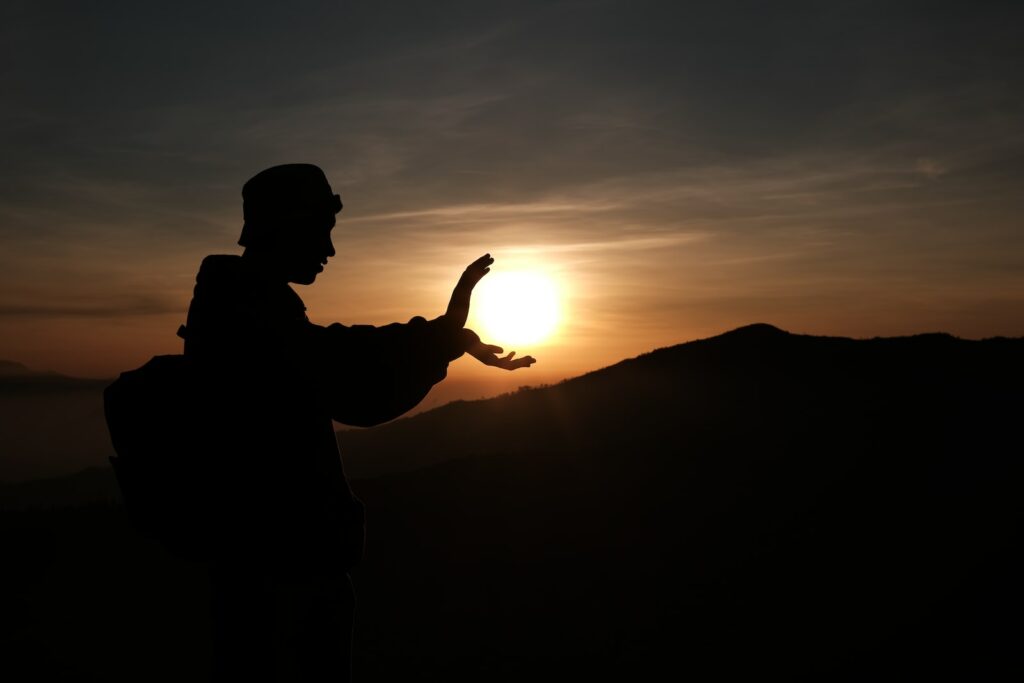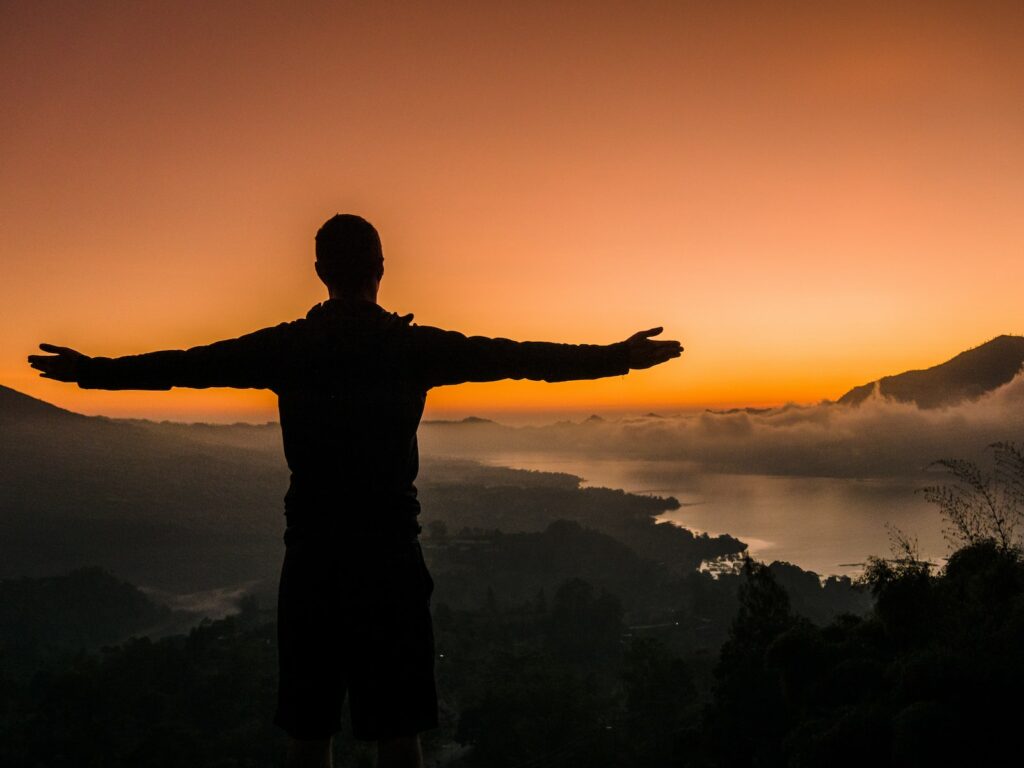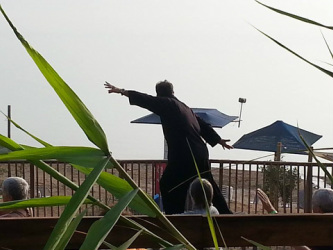דף הבית » meditation



Meditation is a self-practice to calm the body and calm the mind. Most meditative techniques came to the West from Eastern religious practices, especially India, China and Japan, but they can be found in all cultures of the world. Until recently, the primary purpose of meditation was religious, although its health benefits have long been recognized. Look at the research chapter near the end of the book and see how meditation was found to be a targeted way to reduce stress on both the mind and body.
Find the stillness in movement and the flow in stillness .
When meditating, you develop connections between joints, between nerve cells, and between synapses in the brain, which create beneficial connections between body and mind. Through the routing of the qi in fixed paths, the current of internal energy washes and cleanses you of toxins.
Let the power of positive psychophysiology work with Tai Chi Kung and adopt a happier and more contented outlook on life.
Chuan Island
A style of meditation postures, where emphasis is placed on relaxation and working to improve the perception of the body, and the cultivation of the unity of the Trinity: man, sky, earth. A combination of Buddhist idea with Xing Yi Chuan postures.
Teaches work on the three Dantains, (energy fields), the three energy centers in the body – the lower, middle and upper. The practice encourages diaphragmatic and fetal breathing.
Sun Tee style meditation posture (the trinity of man, heaven and earth)
This posture is taken from the YI CHUAN school – which is an ancient Chinese art.
YI – means intention or drive to action while CHUAN means martial art practice.
The exercise offered here is a practice of consciousness and intention in a standing meditation position.
At the base of the method there is a clear goal of strengthening and perfecting the body through its connection to intention. While we stand in static meditation positions and the body is not in motion, we concentrate on our natural being and direct our mind in two poles at the same time. Poles can be father and mother or heaven and earth and they symbolize the principle of yin and yang. As we sail in our thoughts to these poles, pressure is created on the skeleton and muscles that originates from the force of gravity and Chi begins to flow in a different way than we are used to.
We are not used to feeling mobility or energy and flow without moving, whereas in this practice the task of knowing is to identify the flow within the pose. In this way we train our minds to control and regulate the flow of chi and allow the energy circuits to rest freely.
So we must find when standing the meditation the flow in the movement that includes our pulse and its current in the blood circulation.
Thus by concentrating and focusing we improve the ability to control the flow of chi and connect to the energy circuits flowing in our body.
In the I Chuan resistance we establish a process of transformation in relation to the flow of chi. First we place the body in a position and start taking deep breaths until suddenly we notice the qi that has accumulated in the body and then we start directing it to the different organs of our body.
In the more advanced stage, after the energy flows from the sky to the earth and from the earth to the sky, the ability to cultivate the qi and at a higher level to refine the qi is born.
During the meditation posture we also face difficulty arising from lactic acid that accumulates in the muscles and transmits signals of discomfort and pain to the brain through the nervous system.
The skilled practitioner also knows how to replenish the qi reservoirs, cultivate the flow of qi, and purify and refine the qi.


With the practice of the meditation posture, in which your body is upright, with the point of the crown extending up towards the sky, do not lean forward or backward, to the right or to the left. Maintain an upright but relaxed position.
Look at your body in the mirror, facing straight. It should look like the body is turned 45 degrees. This position is called: diagonal body center.
Head: straight ahead. The crown point stretches upwards. Looking forward towards the index finger.
The shoulders: let them sink while you hold your head up, so the chi can rise and fall easily.
Arms: Keep one arm straight forward, making sure the elbow is above the knee. The simple arm is not straight. The hands should be soft but not limp.
How to find the position: Do a first Chi stretch with arms forward 100% and then release the elbow lock slightly so that your arm is only 90% extended. Keep the other, shorter arm at navel level.
Hands: Open all the fingers in moderate extension, with the tips of the fingers machined diagonally upwards, to allow the “tiger’s mouth” (the space between the thumb and forefinger) to be open and rounded.
The Breath: Using the power of the breath and the intention, move the Qi up to the gates in the center of the palms without forcing it. Circular breathing on its four parts will put us in the state of the flow of chi.
The legs: there is tension between the back foot and the front foot. Light pressure combined with breathing on the back foot will move a wave of chi to the palm and front foot.
Buttock muscles: while inhaling, gently contract the buttock muscles and release them with exhalation.
The intention: focus on the spiritual root of your being.
You can split the root in two and focus on heaven and earth when you are the connection between them leading to the connection with the dimension of infinity. Alternatively, you can focus your thoughts on your parents and the perception of the energies they gave you. Give thanks for the gift of life you have received from these two sources.
Duration of practice: between three and five minutes on each side.
Find the flow of chi within the inner stillness.
The result of the practice is the development of connections and connections between body and mind, between willpower and intention to the flow of chi and in the transition between strength and softness.